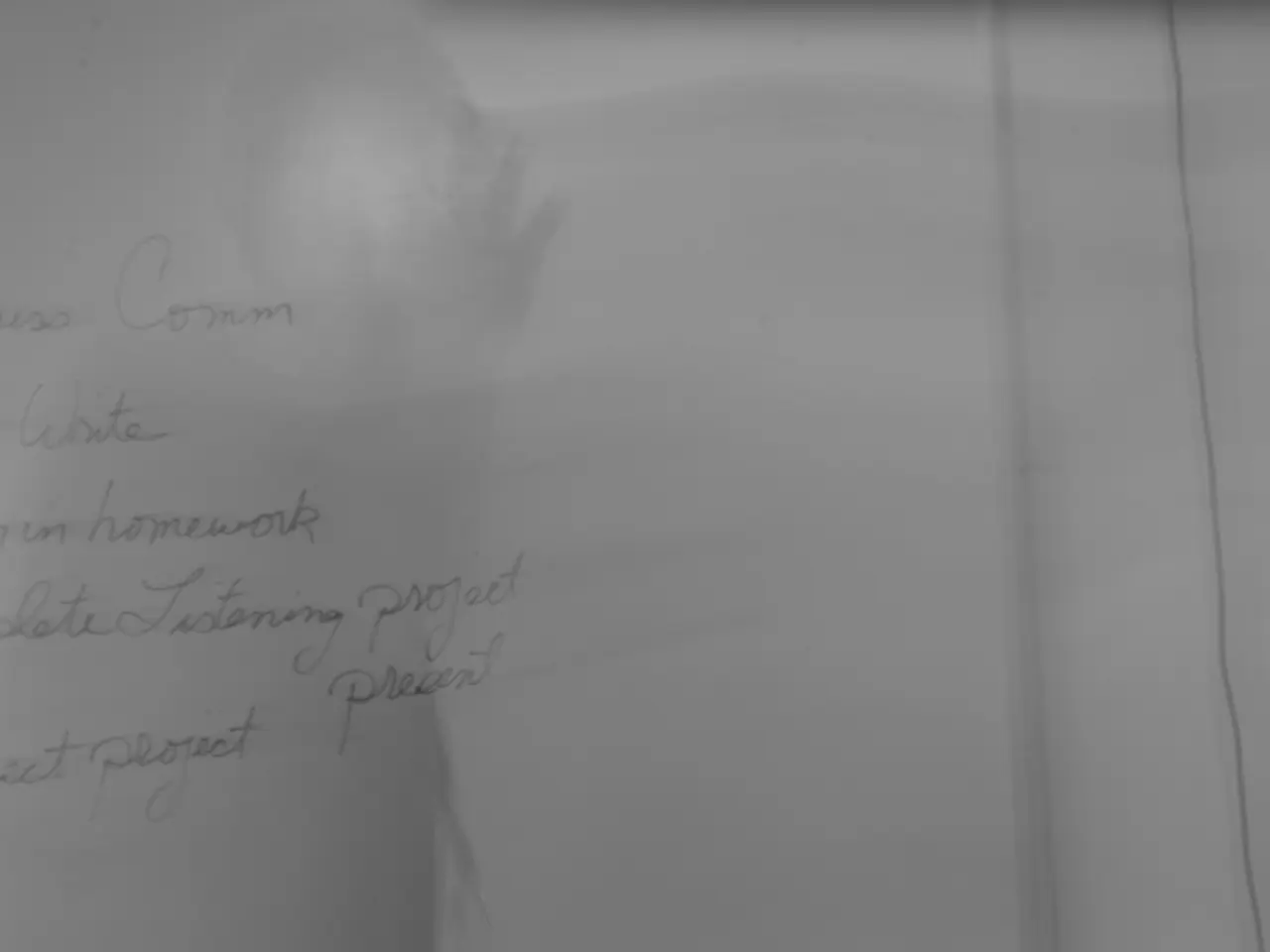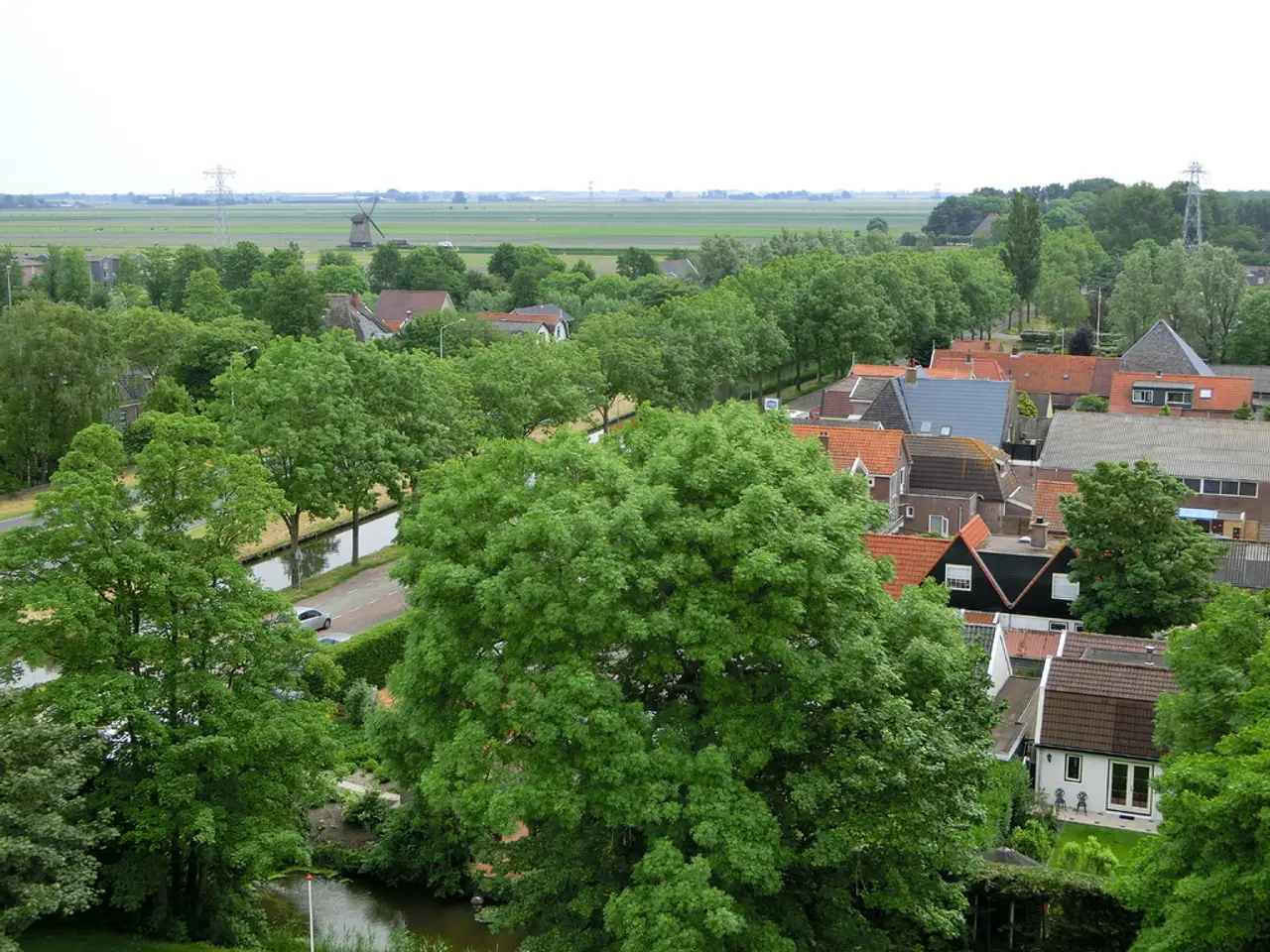Countries Lagging in Renewable Energy Adoption Struggle to Meet 2030 Targets, Despite Previous Advancements in Sustainable Energy Use
The world's advancement in renewable energy is accelerating faster than ever, yet we're missing the mark when it comes to meeting the climate goal of tripling renewable energy capacities by 2030. This is the central message from the International Renewable Energy Network (IRENA), who released the 20th installment of their annual report on the sector on June 24, 2024.
In 2024, the global renewable electricity generation capacity reached a staggering 4,770 gigawatts, marking a 18% increase from the previous year (4,030 gigawatts). The growth is impressive, even breaking records, but the overall assessment from IRENA paints a different picture. Despite the progress, the current rate of renewable energy deployment — encompassing solar, wind, hydro, and more — is falling short of what's needed to fulfill the commitment.
Braking the Pace: Challenges on the Road to a Greener Future
1. Systemic SpeedbumpsDespite impressive global renewable energy deployment, systemic barriers continue to pose significant obstacles.These obstacles include regulatory hurdles, infrastructure limitations, and integration issues within existing energy systems that hinder the expansion and uptake of renewables.
2. A Turbulent Geopolitical LandscapeRising energy demand and a geopolitically charged environment complicate the energy transition. Geopolitical tensions emphasize supply chain disruptions and resource nationalism, which make it tough to sustain a steady flow of essential components and raw materials vital for renewable energy infrastructure.
3. Fiscal Shortfalls and Financial RiskAlthough global energy investment is projected to reach an all-time high of $3.3 trillion in 2025, a substantial funding gap persists. Existing investments in fossil fuel infrastructure, particularly long-lived coal-fired plants, present challenges of stranded assets and create financial exposure that complicates funneling resources toward renewables.
4. Grid Bottlenecks and Infrastructure LagGrid congestion in advanced economies restricts the integration of variable renewable energy sources like wind and solar. Upgrading and reinforcing grid infrastructure is essential but often lags behind renewable capacity expansion.
5. Inequal Regional ProgressThe shift towards renewable energy is lopsided across regions. While some regions, including Emerging Europe and Emerging Asia, are advancing thanks to targeted policy reforms and investment spikes, others remain trapped in dependency on fossil fuels and lack the necessary policies to support renewables.
6. The Innovation ChasmA growing gap between clean energy innovation and deployment in key markets delays the translation of new technologies into large-scale renewable capacity expansions. This chasm is often due to a lack of political ambition, regulatory support, and market mechanisms to speed up the scaling of cutting-edge solutions.
To hit the goal of tripling renewable energy capacities by 2030, we need to overcome systemic challenges, resolve geopolitical and supply chain issues, close investment gaps while managing fossil fuel risks, extend grid and infrastructure capacities, and establish coordinated policy and finance cooperation across diverse regions.
- While the world's renewable energy advancements are considerable, environmental science dicates that we still need to address systemic barriers such as regulatory hurdles, infrastructure limitations, and integration issues within existing energy systems to expedite the expansion and uptake of renewables.
- The climate-change agenda requires substantial financial investment in renewable-energy, but the IRENA report suggests that fiscal shortfalls and financial risks, including challenges from stranded assets and investments in fossil fuel infrastructure, present significant obstacles.
- The environmental-science community warns that grid bottlenecks and infrastructure lag are major hurdles that will need to be overcome to ensure the seamless integration of renewable energy sources like wind and solar into power grids.
- Achieving the goal of tripling renewable energy capacities by 2030 will also necessitate ensuring equal regional progress, particularly in regions that continue to depend heavily on fossil fuels and lack policies supportive of renewable energy.




